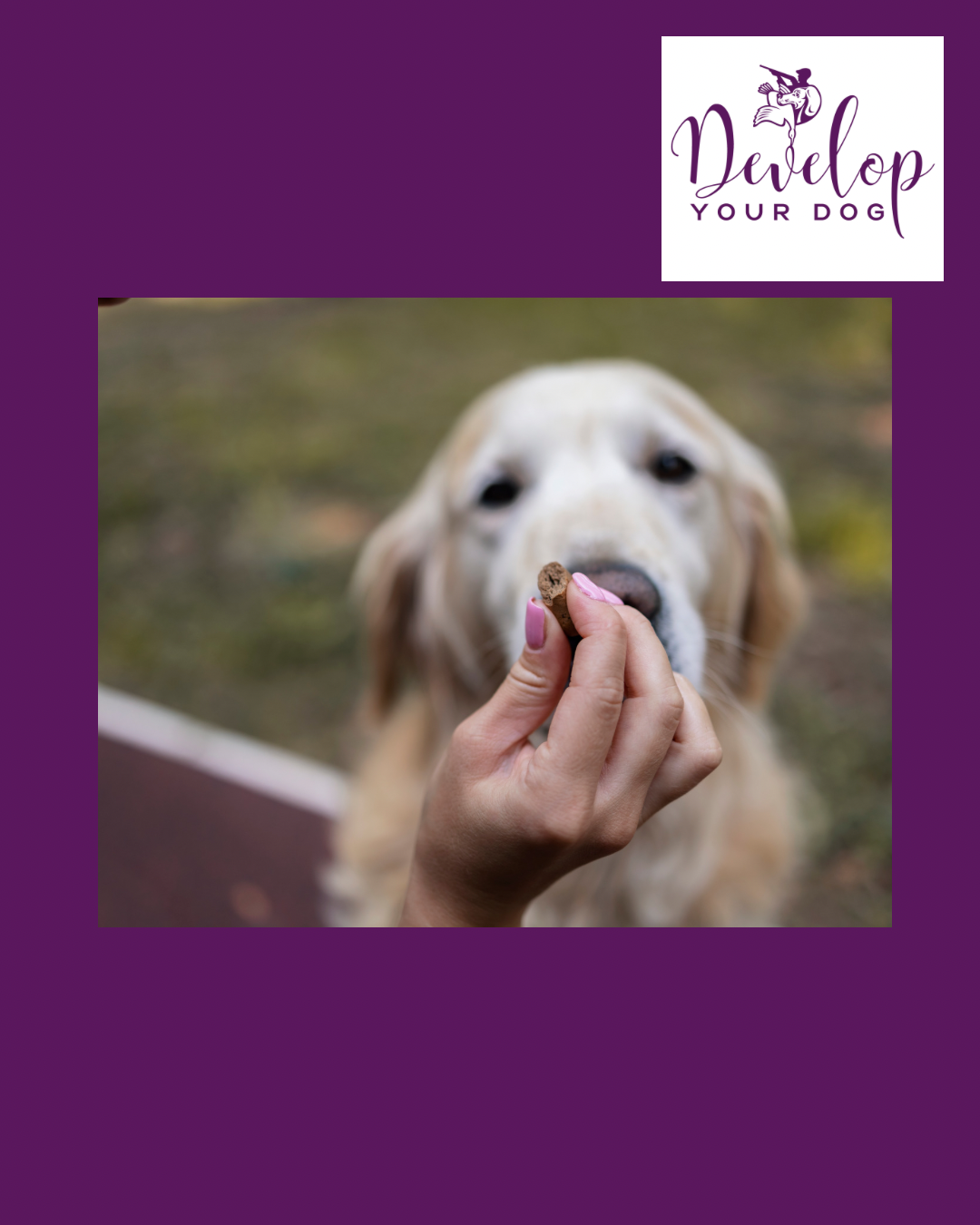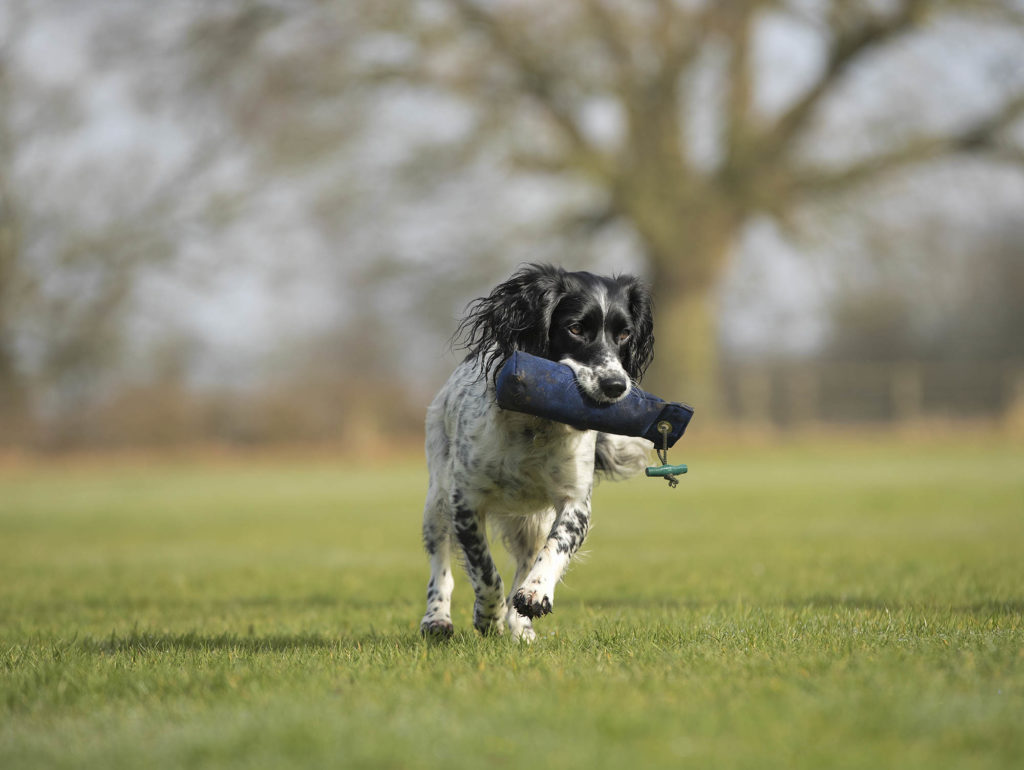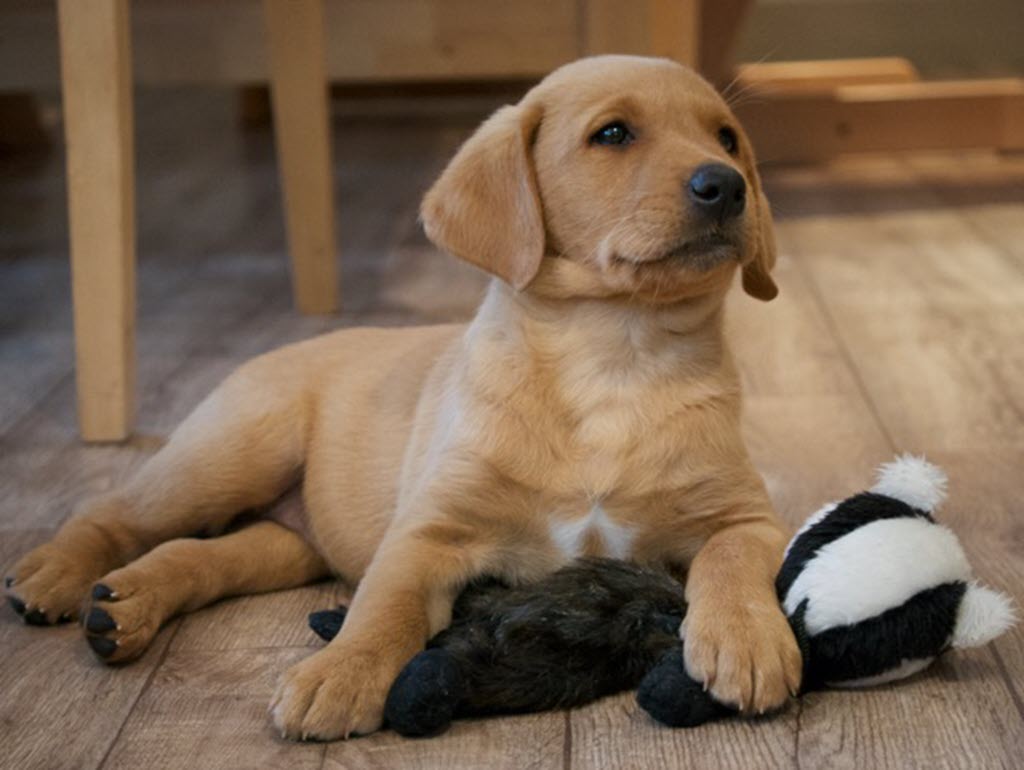If I had a penny for every time someone said, “He’s only doing it because you’ve got food,” I would have a field full of Labrador-shaped gold statues by now.
Many owners ask me how to use food in dog training without creating a dog that only listens when treats are around. The truth is, using food well is part of effective positive dog training. When food is used correctly, it helps your dog learn faster, enjoy the process, and build reliable behaviour that lasts long after the food disappears.
Let’s explore what this means and how to use food confidently in your training.
1. Luring – the first step in how to use food in dog training
When we first teach a dog something new, we are not expecting them to guess the right answer out of thin air. We use food to guide them into position, a bit like showing a friend how to parallel park by pointing out the kerb and mirrors.
That is luring. The food acts as a visual cue that helps the dog understand what we want.
Think of it as using stabilisers on a bike. They help with balance while the brain and body learn how to do the task. Once the dog has learned the movement, we can remove the stabilisers and move on.
2. The swap – progressing with food in positive dog training
Once your dog understands what to do, the food in your hand becomes a distraction. If you continue to lure for too long, you will end up with a dog who stares at your hand rather than listening to you.
This is where the magic swap happens. We take the food out of the picture and use it afterwards as a reward.
Imagine learning to tie your shoelaces. At first someone might guide your fingers, but eventually, you only need a “well done” to keep you going. It is the same for your dog. You are teaching the skill, not bribing for performance.
This stage marks the shift from showing to teaching, which is a key step in reward-based training.
3. Rewarding – how food becomes feedback
Now the dog knows what to do, the food becomes the thank you.
This is where owners often get tangled up. They think, “If I give food afterwards, isn’t that still bribery?”
No. Here is the difference:
-
A lure happens before the behaviour. It shows the dog what to do.
-
A reward happens after the behaviour. It tells the dog, “That is exactly what I wanted. Do that again next time.”
In simple terms, you do not pay the dog before the job. You pay them for a job well done.
Rewards build confidence and trust. When dogs understand what earns success, they stay focused and engaged. That is the heart of positive dog training.
4. Progress – when to use food in dog training less
Over time, we reduce food rewards but keep the learning strong with praise, play, or access to what the dog wants. This could be the chance to move forward, fetch a toy, or explore.
It is not about removing food entirely. It is about using food wisely. We want dogs who work with us, not just for snacks.
When food is part of a balanced training with food plan, it builds understanding and trust. Dogs learn that their behaviour has value and that listening to us brings good things.
5. Think of it like this
You start a new job. The first week your boss shows you the ropes with lots of hand-holding and encouragement. After a while, you do not need constant direction. You just need a nod and your payslip at the end of the month.
Dogs are no different. At first they need clear information. The lure is your hand on the mouse showing them where to click. But once they know the system, they are happy to work for the reward afterwards.
That is how you move from teaching to teamwork, and how to use food in dog training successfully.
In a nutshell
Food is a training tool. It helps us communicate, motivate, and make learning enjoyable.
Used well, it is not a bribe. It is feedback that says, you are on the right track, mate.
So next time someone says, “He’s only doing it for the food,” just smile and say,
“Yes, and soon he will be doing it because he understands what I want.”
How to use food in gundog training
For gundog owners, how to use food in dog training follows exactly the same principle. Whether you are teaching a sit, a recall, or the beginnings of a retrieve, food helps shape early learning and gives your dog confidence in what to do.
Once they understand, the environment and the work itself become the reward. That might mean being sent for a retrieve, hunting for a dummy, or exploring cover.
The ultimate goal is a dog who works in partnership with you, not because of what is in your pocket, but because they trust your cues and enjoy the job.
If you would like to explore ethical gundog work, The Gundog Club promotes positive, reward-based gundog training methods.
Learn how to use food in dog training effectively
At Develop Your Dog, I use positive, reward-based training to help owners build confident, focused, and motivated dogs. Whether you are starting out with a new puppy or working towards your first gundog test, you will learn how to use food in dog training to build understanding, not dependency.
If you would like to discover how to make training enjoyable and effective for both you and your dog, take a look at my puppy training, gundog training, or foundation courses to get started.
Gundog Training Courses
Have you got a gundog breed at home? Would you like to train him/her for the shooting field, or would you just like to train your dog to a high level? I can help with these scenarios.
Puppy Training Courses
When you first bring a puppy home it can be very exciting but daunting all at the same time, so I am on hand to come and guide you through those key canine development stages to ensure that your puppy grows up to be well-mannered.



